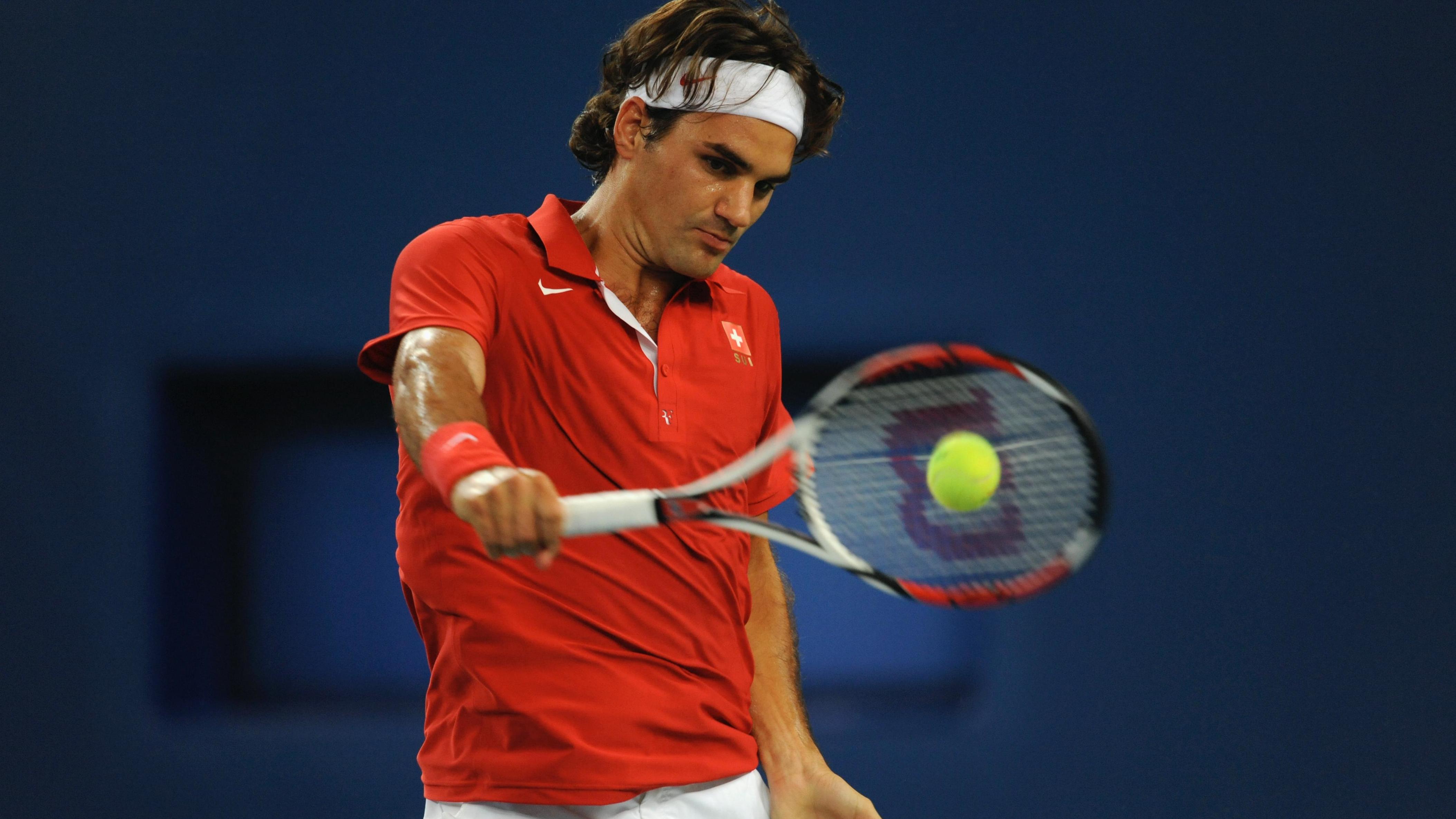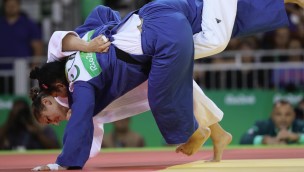Tennis elbow
New techniques for hitting the ball have made tennis elbows less common among tennis players. However, many of the symptoms can nowadays be found under the name mouse arm, mouse elbow, computer elbow, or carpal tunnel syndrome.

As the name suggests, tennis elbow has been a common problem for tennis players. But the game of tennis has changed since the term 'tennis elbow' was coined, as many players have altered their hitting technique. Even though this injury is still prevalent amongst tennis players, it is much less frequent than before. Although the name 'tennis elbow' has been retained, it is important to note that you do not need to be a tennis player to get it.
Usually caused by long-term and repetitive overloading
The term 'tennis elbow' refers to an injury on the outside of the elbow. This includes tendons, muscles, and the transition between tendons and muscles.
The condition typically occurs as the result of repetitive overloading over time and is therefore considered an overuse injury.
Fewer injuries
The rate of tennis elbow injuries declined dramatically as more and more tennis players started using two hands instead of one hand in a backhand swing. The reason is that there is less loading on the elbow with a two-handed backhand than with a one-handed one.
Many of the characteristics of a tennis elbow are the same used to define the injury 'mouse arm', that is, pains that follow as a result of overuse while sitting in front of a computer. Indeed, a mouse arm can, in fact, affect more areas than just the elbow, but it is the elbow we are concentrating on here.
Risk factors
Changes in technique or the training load, the total load in daily life, and poorly adjusted equipment are considered risk factors that may contribute to the development of a tennis elbow in athletes.
Signs and symptoms
The pain is located on the outside of the elbow. Since the elbow's musculature goes over the wrist, activities that involve bending the wrist can often cause pain.
The pain can occur gradually or abruptly. Even though the onset of pain can seem acute, the injury is often the result of a long-term process.
Pain can also arise when training is significantly increased in a short amount of time. However, keep in mind that the level of pain varies from person to person.
Tendon pain
Tennis elbow is also known as epicondylitis, which means "tendon pain on the outside of the elbow".
Diagnosis
The diagnosis is made by a doctor or physiotherapist following a systematic, clinical examination.
It is not uncommon to use imaging techniques in the diagnosis, but images should be interpreted with caution. It is possible to feel pain without anything showing up on x-ray, ultrasound, or MRI. The opposite is also possible: images can show something 'abnormal' even when there is no pain present.
Treatment
The most important aspect of treatment is activity management. This means that for a short period the athlete should limit, or avoid completely, activities that aggravate the symptoms. Physical fitness should be maintained using alternative forms of exercise, such as cycling and running.
The technique should be looked into to see if the load can be reduced by performing movements differently. An important part of rehabilitation is to gradually move from general activities towards more sports specific activities.
Passive treatments, such as massage or applying ice, may help to reduce pain, but they should only be used as an add-on to other treatments.
The athlete should avoid stretching the affected muscles, as this can further aggravate the tendons.
Loading is essential
If the elbow is not used at all, the tendon will weaken. Loading the affected area with the right amount is essential for recovery.
Prognosis
If treatment is started early, the athlete can have a complete recovery and, in time, return to their previous level of activity.


